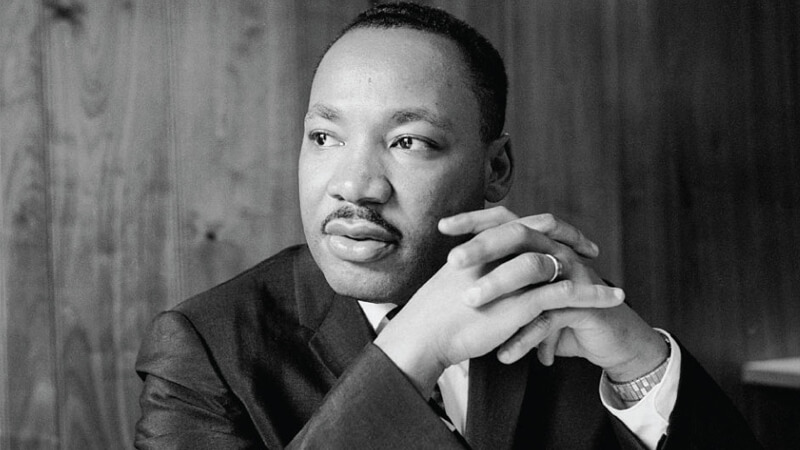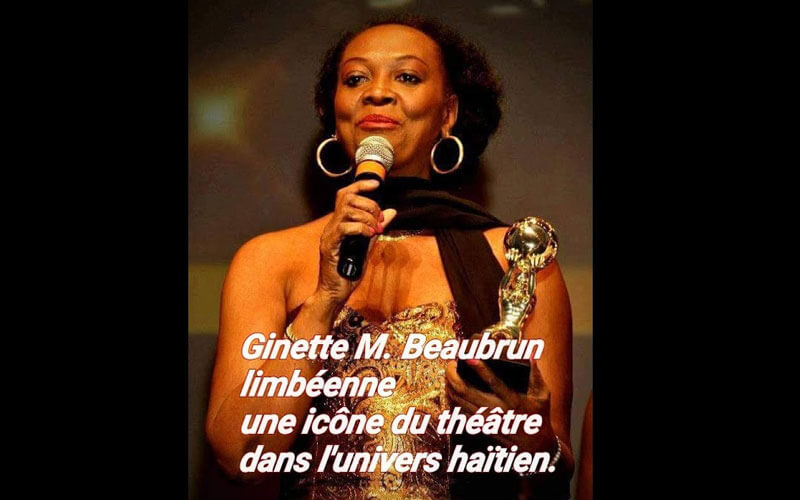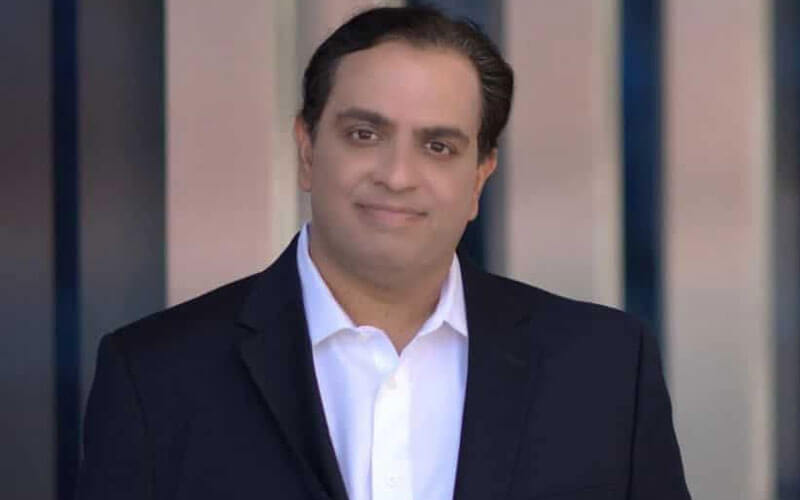American Baptist pastor, civil rights advocate. The long struggle of Black Americans to achieve the fullness of rights has since 1955 seen an acceleration in which the young pastor Martin Luther King was soon to be highlighted.
His nonviolent action, inspired by Gandhi’s example, mobilized a growing portion of the Afro-American community to culminate in the summer of 1963 in the historic march on Washington that drew 250,000 demonstrators.
There, at the foot of the Lincoln Memorial, Martin Luther King uttered the most celebrated and poignant of his splendid speeches, known by the formula that headed the vision of a just world: I have a dream.
Biography of Martin Luther King
- Born:- 15 January 1929, Atlanta, Georgia, United States
- Died:- 4 April 1968, Memphis, Tennessee, United States
- Influenced by:- : Mahatma Gandhi, Henry David Thoreau,
- Education:- Boston University (1951–1955),
- Awards:- Nobel Peace Prize, Time’s Person of the Year
- Children:- Martin Luther King III, Yolanda King, Dexter Scott King, Bernice King
Despite police or racist arrests and assaults, the civil equality movement was pulling out court rulings and legislative decisions against racial segregation, and obtained the endorsement of the Nobel Peace Prize awarded to King in 1964.
See Also: Biography of Leon Trotski
Unfortunately, a fatal destiny seems dragging the apostles out of nonviolence: like his master Gandhi, Martin Luther King was murdered four years later.
Son of a Baptist minister, Martin Luther King studied theology at Boston University. From a young age he became aware of the situation of social and racial segregation in which blacks lived in his country, and especially those of the southern states. Became Baptist pastor, in 1954 he took over a church in the city of Montgomery, Alabama.
He soon showed signs of his charism and his firm resolves to fight for the defense of civil rights by peaceful methods, drawing inspiration from the figure of Mahatma Gandhi and Henry David Thoreau’s theory of civil disobedience.
In August 1955 a humble black dressmaker, Rosa Parks , was arrested and fined for sitting in the white section of a bus; King led a massive boycott of more than a year against segregation on city buses.
The fame of Martin Luther King spread rapidly throughout the country and soon assumed the leadership of the American pacifist movement, first through the Southern Cristian Leadership Conference and later of the Congress of Racial Equality.
Also, as a member of the Association for the Advancement of Colored People, he opened another front to achieve improvements in his living conditions.
In 1960 he took advantage of a spontaneous sit-down of black students in Birmingham, Alabama, to start a national campaign.
On this occasion, Martin Luther King was imprisoned and subsequently released through the intercession of John Fitgerald Kennedy, then the presidential candidate of the United States, but achieved for black’s equal access to libraries, dining rooms and parking lots.
In the summer of 1963, his struggle reached one of its climaxes by leading a gigantic march on Washington in which some 250,000 people participated, before which he delivered the speech today titled I have a dream, a beautiful speech in favor of peace and equality among human beings.
King and other representatives of anti-racist organizations were welcomed by President John F. Kennedy, who pledged to accelerate his policy against segregationism in schools and the issue of unemployment, which particularly affected the black community.
However, neither the good intentions of the president, who would have been killed months later, nor the ethical vigor of Martin Luther King’s Nobel Peace Prize in 1964, seemed sufficient to contain the advance of nationalist color groups opposed to integration and pro-violence, such as Black Power, Black Panthers and Black Muslims.
The permeability of color groups (especially those living in the ghettos of New York and other northern states) to the influence of these violent groups jeopardized the core of King’s message, pacifism.
In March of 1965 he led a demonstration of thousands of civil rights defenders who traveled almost a hundred miles, from Selma, where there had been acts of racial violence, to Montgomery.
Martin Luther King’s struggle had a tragic ending: on April 4, 1968, he was murdered in Memphis by James Earl Ray, a white common criminal. While they celebrated their funerals in the Edenhaëser church of Atlanta, a wave of violence spread throughout the country.
Ray, detained by the police, recognized himself as the author of the murder and was convicted on circumstantial evidence. Years later he retracted his statement and, with the support of the King family, called for the reopening of the case and the hearing of a new trial.
Work and ideas
Martin Luther King understood as an essential condition of human dignity racial equality, which was otherwise politically legitimized by the principles of democracy (of which he always declared himself a partisan), and on the plane moral, by religious principles.
Consequently, the action destined to the conquest of the own rights should not be considered as neither subversive nor revolutionary. King did not proclaim the violation of the law, but maintained that unjust laws cannot be obeyed, because they oppose the moral law.
It pointed to the path of love as opposed to the inactivity of passive blacks and the exasperated hatred of the nationalists. And it hurt not to have been helped and understood by the white church.
In this sense, King adapted and developed Gandhi’s concept of non-violence, which he creatively applied in a series of ant segregationist campaigns that made him the most prestigious leader of the American civil rights movement, earned him the 1964 of the Nobel Peace Prize and resulted in his assassination at the hands of a racist fanatic in 1968.
After his death, the American black movement embarked on a more openly revolutionary and violent path, far from the Christian and liberal inspiration of King, whose memory, in spite of everything, she is still venerated and loved by the masses of the disinherited of her race.
In the same year of the Nobel, President Lyndon Johnson , successor of Kennedy after the assassination, promulgated the civil rights law that consecrated the equality of all the citizens.
According to King, blacks had to abandon their abstract political neutrality to tighten electoral alliances and support trustworthy candidates, because “the influence of blacks on political power is important.”
Only then would the true goal of freedom be achieved, because the fate of blacks is united to that of all America.
Its principles were expressed, as well as in the famous Letter from Birmingham Jail (1963, published by the French magazine Esprit in 1964), in numerous works among which the strength to love ( Strength to Love , 1965) and El Clarin of conscience ( The Trumpet of Conscience , 1968), in which his prose, often inspired by the biblical tradition of Anglo-Saxon Protestantism, reaches moments of supreme emotion and humanity.
Special mention should Why cannot expect ( Why We Cannot Wait , 1964), to the extent that exposure of his political credo alternates in this work with a passionate evocation of the summer of 1963 events (experienced by the own author as protagonist) of great value as hist orical testimony.
The book is the story of the liberation of a people, obtained through the use of “a powerful and just weapon … that cuts without hurting and ennobles the man who holds it”: nonviolence.
I have a dream
Despite the value of his written work, none of his writings aroused the universal admiration of the most famous of his speeches: the one pronounced on August 28, 1963 before the 250,000 members of the march on Washington, at the foot of the Monument to Abraham Lincoln, the president who, a century before, had abolished slavery: “One hundred years ago, a great American, under whose symbolic shadow we are today, signed the Emancipation Proclamation.”
This transcendental decree appeared as a great fan of hope for millions of slaves who had been marked with the fire of flagrant injustice, came as the jubilant dawn of the long night of their captivity, but a hundred years later, America of color is still not free.
Considered a masterpiece of oratory, the name with which this discourse is known comes from its central part, in which reiterating the formula I have a dream, Martin Luther King elevates to the condition of ideal the simple materialization of equality: “I dream that my four little children will one day live in a nation where they will not be judged by the color of their skin but by the qualities of their character.”
Valuable as much as condensed expression of its principles as for its impressive emotional height, its validity continues shaking more than half a century later.




